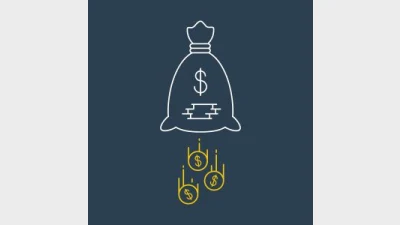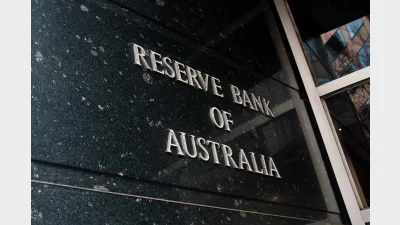Super funds enter negative territory



Australian superannuation funds entered negative territory for the third time over the past 12 months with all funds recording negative returns, according to Morningstar.
Morningstar's report found the poor June results prevented the median growth fund from reaching double-digit returns over the financial year to 30 June 2015.
The median growth fund fell just short, returning 9.9 per cent. Over three years the media returns were at 13 per cent, and 9.5 per cent over five years.
The best-performing growth super funds were Legg Mason Growth (12.7 per cent), followed by AMP Balanced Growth (12.5 per cent), and AMP Capital FD Balanced (11.5 per cent).
Best-performing balanced (40 to 60 per cent growth assets) super funds were BT Balanced returns at 10.3 per cent, followed by REST Super Balanced (nine per cent), and AMP Moderately Conservative (8.8 per cent).
Global equities were the standout performance among asset classes over the year at 25.2 per cent. This was followed by Australian listed property (20.3 per cent), global listed property (9.3 per cent), and Australian shares (5.6 per cent).
Recommended for you
The central bank has announced the official cash rate decision for its November monetary policy meeting.
Australia’s maturing superannuation system delivers higher balances, fewer duplicate accounts and growing female asset share, but gaps and adequacy challenges remain.
Global volatility and offshore exposure have driven super funds to build US-dollar liquidity buffers, a new BNY paper has found.
Less than two in five Australians are confident they will have sufficient assets to retire and almost three-quarters admit they need to pay greater attention to their balance, according to ART research.









